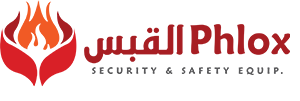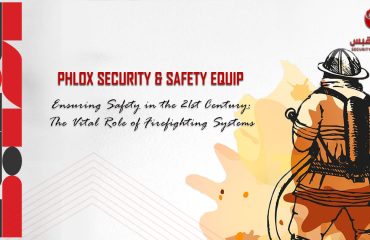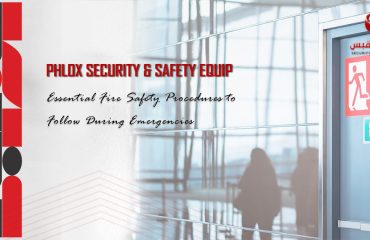
How to Choose the Right Fire Suppression System for Your Facility
When it comes to fire protection, choosing the right fire suppression system is critical. Not all fires are the same, and neither are the solutions. Whether you’re protecting a commercial kitchen, data center, warehouse, or industrial site, the right system can prevent disaster, save lives, and reduce property damage.
🔍 Understand Your Fire Risk
Start by identifying the type of fire hazards present in your facility. Is your environment prone to electrical fires, flammable liquids, or combustible dust? Different risks require different suppression methods.
- Class A – Ordinary combustibles (paper, wood, cloth)
- Class B – Flammable liquids (oil, fuel, paint)
- Class C – Electrical equipment
- Class D – Combustible metals
- Class K – Cooking oils and fats (commercial kitchens)
💧 Common Types of Fire Suppression System
Here are some of the most common fire suppression systems and their ideal use cases:
1. Water-Based Sprinkler Systems
- Best for: Offices, residential buildings, retail stores
- Not suitable for: Areas with sensitive electronics
2. Clean Agent Systems (e.g. FM-200, NOVEC 1230)
- Best for: Server rooms, data centers, museums
- Benefits: No water damage, fast discharge, safe for electronics
3. Foam Suppression Systems
- Best for: Fuel storage, hangars, chemical plants
- Benefit: Rapid coverage and smothering of flammable liquids
4. CO2 Systems
- Best for: Industrial equipment, engine rooms
- Warning: Unsafe for occupied areas without proper precautions
5. Wet Chemical Systems
- Best for: Commercial kitchens
- Specially designed to handle grease and oil fires
✅ Final Thoughts
Choosing the right system depends on your specific facility layout, fire risk, and compliance requirements (like local fire codes and civil defense regulations). Always consult a certified fire protection company for a professional risk assessment and tailored solution.


